George Washington, The Only Man for the Job
In 1787, the United States had been independent for about four years but was struggling to survive under the Articles of Confederation. Congressional delegates met in Philadelphia that year in a special session known as the Constitutional Convention and created a new form of government.
One key change was the creation of a strong Executive or President. However, the new, more powerful executive reminded skeptics of the tyranny of King George and they worried we were creating a real problem. Virtually everyone knew there was only one man strong enough to lead the nation and conscientious enough to be entrusted with so much power. That man, of course, was George Washington.
Despite the fact Washington was enjoying his retirement at Mount Vernon and he had already given so many years to his country, he felt duty-bound to accept the position when it was offered to him. It would prove to be a blessing for the United States.
Keep in mind, there was no precedent to follow and no predecessor for President Washington to lean on. He had to create and learn the job as he went along. He was always conscious that what he did would impact how future Presidents would govern. Washington wrote to James Madison, “As the first of everything in our situation will serve to establish precedent, it is devoutly wished on my part that these precedents be fixed on true principles.”
President Washington was sworn into office at Federal Hall in New York City on April 30, 1789. From his vantage point, the United States had two areas on which he needed to focus his administration’s agenda. First, he wanted to improve our nation’s economy so the people could enjoy a better way of life. Secondly, he felt it was critical to avoid getting involved in any costly conflicts, especially those involving European nations.
President Washington was opposed to political parties as he saw them as divisive. He viewed the president as the leader for all Americans, not just those that supported his party. Importantly, he was open to differing points of view and encouraged healthy, respectful debate by his advisors and always sought their opinions on important matters.
Although it was not specifically authorized in the Constitution, he quickly assembled a group of advisors which Madison dubbed “the President’s cabinet.” It was a formidable team and included Alexander Hamilton (Secretary of Treasury), Thomas Jefferson (Secretary of State), Henry Knox (Secretary of War), and Edmund Randolph (Attorney General).
To get the national economy going, Hamilton reasoned that we needed to create a financial system that would establish the credit worthiness of the nation and expand the taxation ability of the Federal government. Accomplishing these two objectives, would allow the Federal government to pay for major infrastructure improvements and fund an army to protect the nation.
To accomplish these goals, Hamilton proposed that the Federal government assume, or take over, debt incurred by the states during the American Revolution. He proposed to finance this “debt assumption” by issuing federal bonds.
In exchange, the states would agree to give more control over taxation and overall fiscal policy to the Federal government. This plan would help the states by relieving them of their debt burden and, in return, the Federal government would be better able to stabilize the finances of the young nation.
Hamilton’s biggest obstacle to overcome was Jefferson. In 1790, with James Madison’s help, they compromised and agreed to Hamilton’s proposal. In exchange for Jefferson’s approval, Hamilton agreed that the new capital would be moved to the banks of the Potomac (after a ten-year stint in Philadelphia), closer to the southern states and across the river from Jefferson’s home state of Virginia.
Later in 1790, to further stabilize our country’s finances, Hamilton proposed the creation of a national bank called the First Bank of the United States. This legislation created a significant dispute between Jefferson’s Anti-Federalists and Hamilton over the constitutionality of such a bank. Eventually, Hamilton was able to convince the President to support the bill and it was passed by Congress on February 25, 1791.
Also, early in President Washington’s first term, he took steps to secure the Northwest Territory (present day Ohio, Michigan, Indiana, Illinois, and Wisconsin) and protect our citizens there from Indian attacks. Unfortunately, two different armies sent to pacify the Indians were severely defeated in 1790 and again in 1791.
Turning to General Anthony Wayne, a trusted officer from the American Revolution, President Washington finally found the right man to secure this frontier area. On August 20, 1794, Wayne’s army crushed a combined force of Native Americans under the leadership of Blue Jacket at the Battle of Fallen Timbers near present day Maumee, Ohio. This victory essentially secured this part of the country for settlement.
Nearing the end of his first term in 1792, President Washington was tired and ready to return to Mount Vernon. However, animosity between Jefferson and Hamilton was reaching a peak. Most key leaders in the Federal government, including those two men, worried that Washington’s departure would result in an open feud and split the nation. Ever conscious of his duty, President Washington agreed to serve a second term.
WHY IT MATTERS
So why should the accomplishments of President Washington and the precedents he set as our Chief Executive matter to us today? President Washington recognized that the mandate given to the Federal Government by the Constitution, and clearly started in its Preamble, was limited. It was not for the government to be all things to all people. Basically, the new government needed to give its citizens a chance to succeed.
His job, as our Chief Executive, was to ensure the government created a strong economy which would promote the general welfare and domestic tranquility of our citizens. Additionally, it must protect our borders and provide for the common defense to secure the blessings of liberty. To these two ends, he geared virtually all his policies.
SUGGESTED READING
Patriarch is a book published in 1993 focusing on the years of George Washington’s Presidency. Written by Richard Smith, the book explains how Washington shaped the office of the President. It is an informative read suitable for everyone.
PLACES TO VISIT
The Washington Monument in Washington, DC is a fitting tribute to the Father of our Country. At 555 feet, it is by law the tallest building in our nation’s capital. Updated in 2019, the ride to the top is fast and the views are the best in the city. If visiting DC, do yourself a favor and see this memorable site.
Until next time, may your motto be “Ducit Amor Patriae,” Love of country leads me.

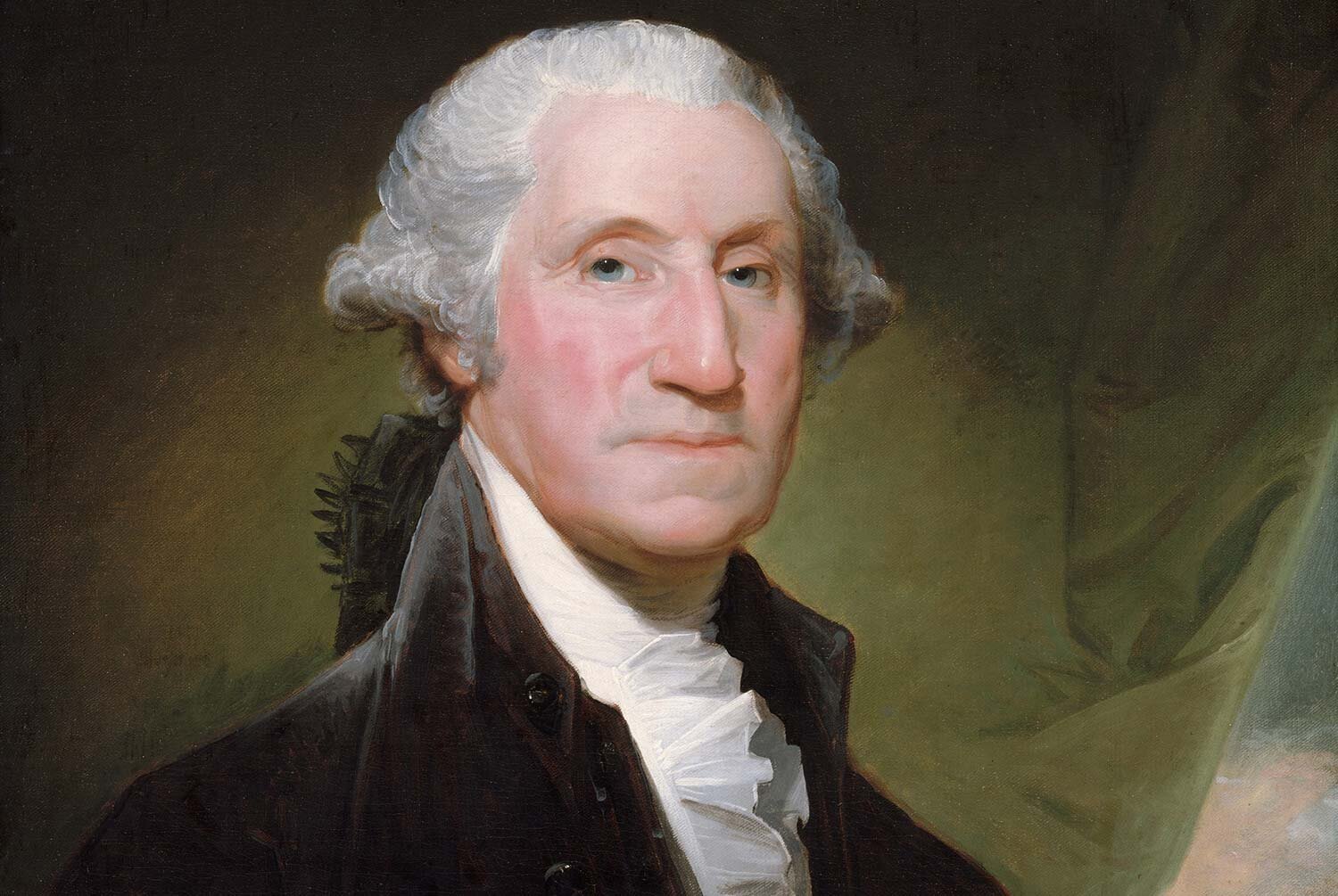

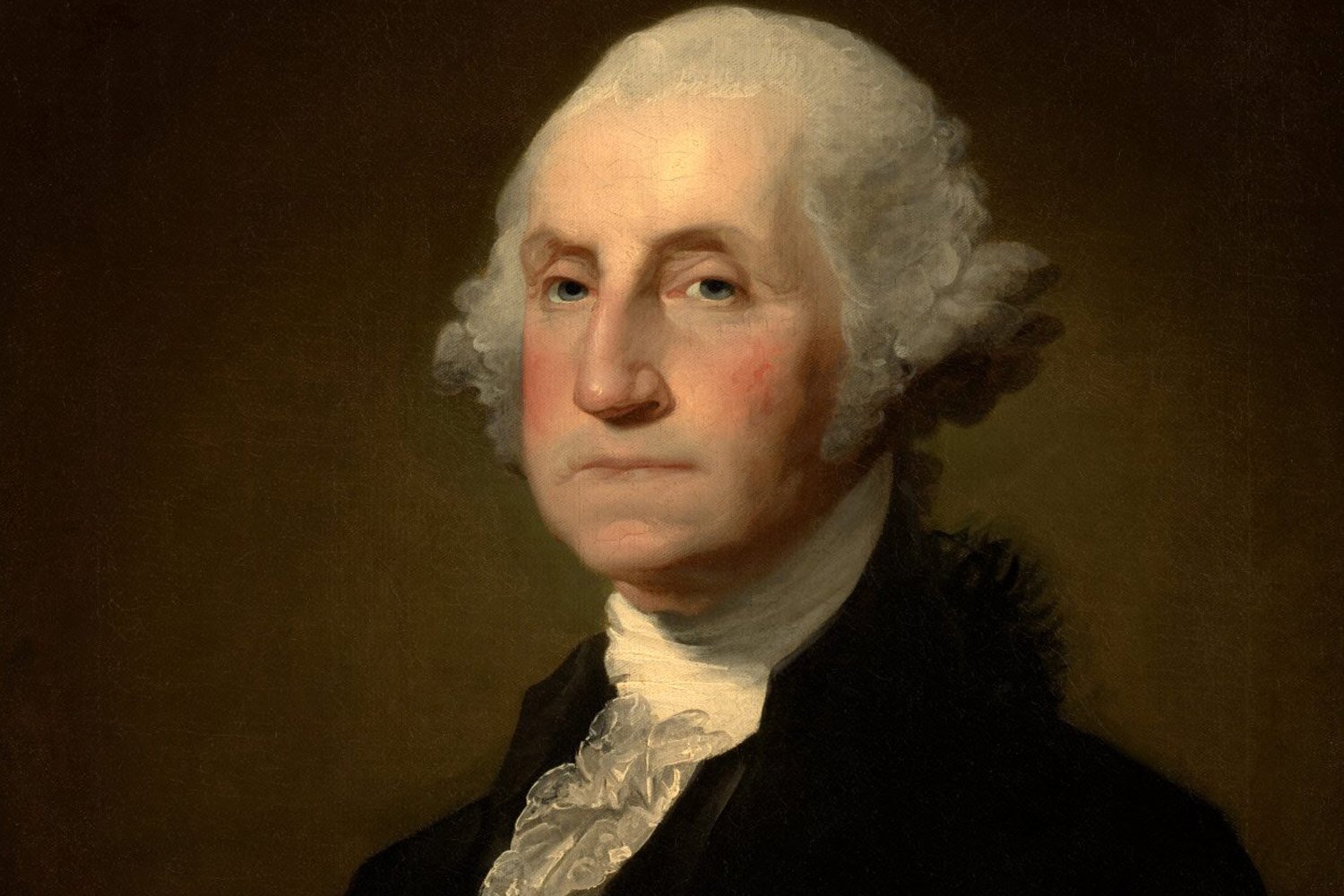
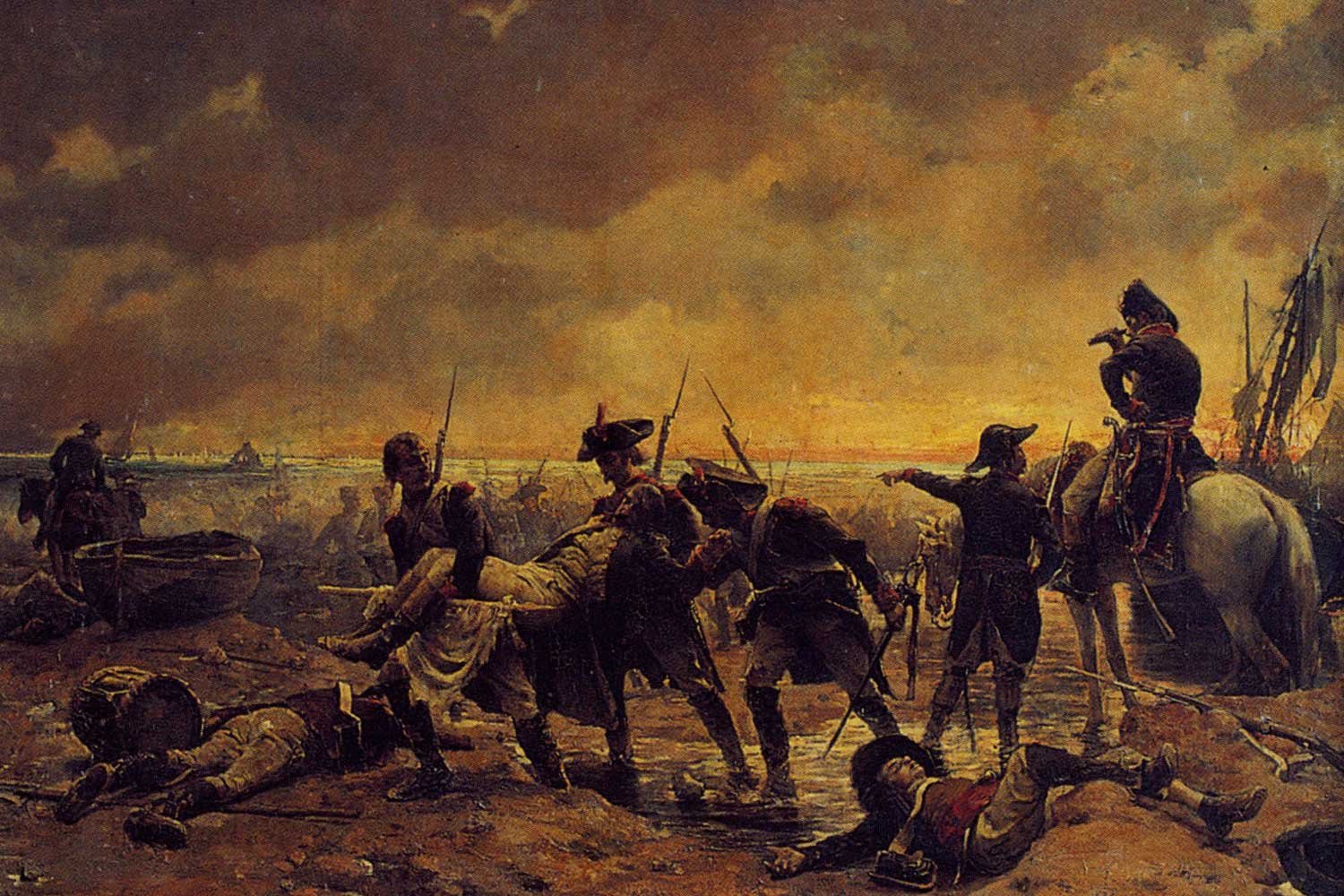
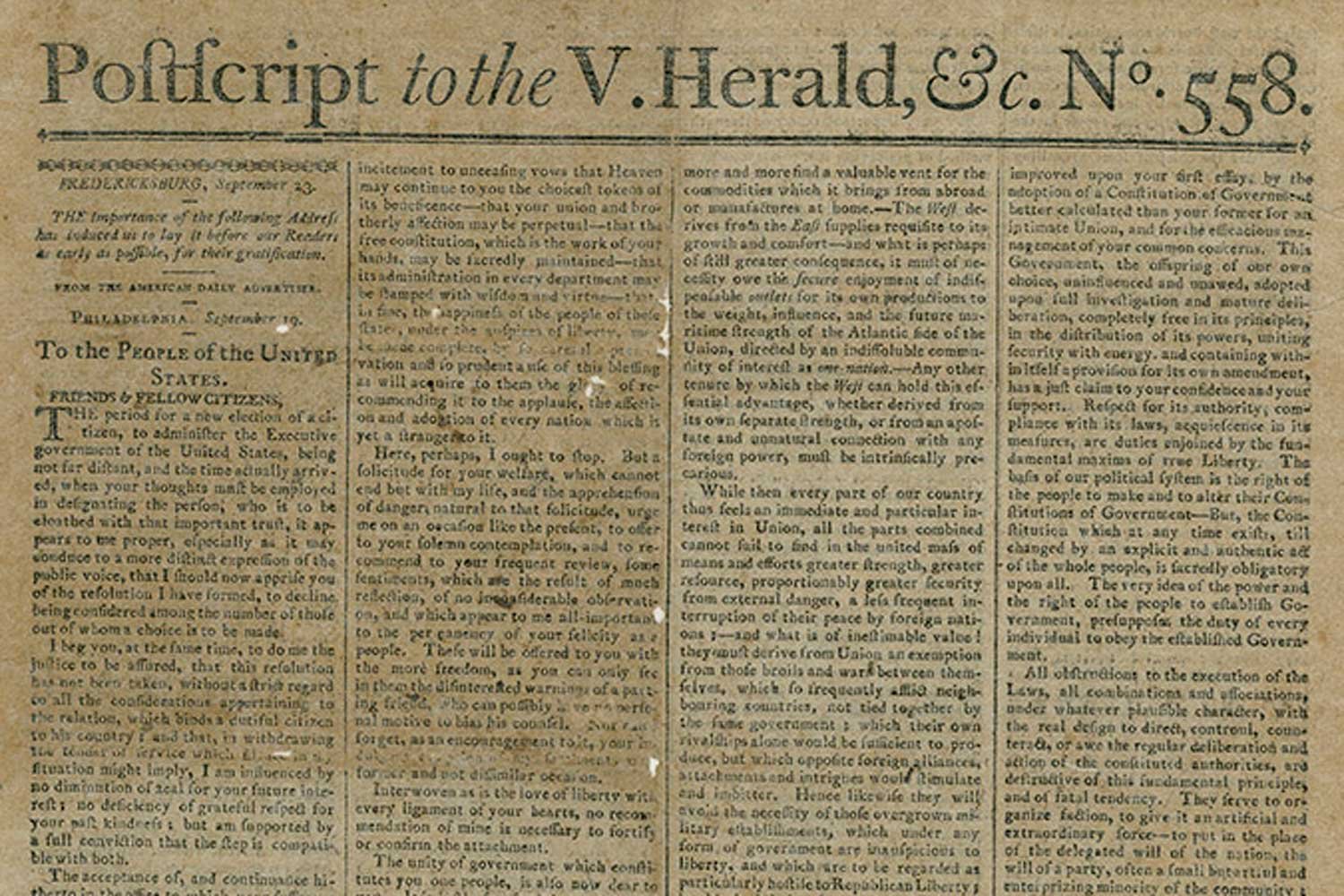
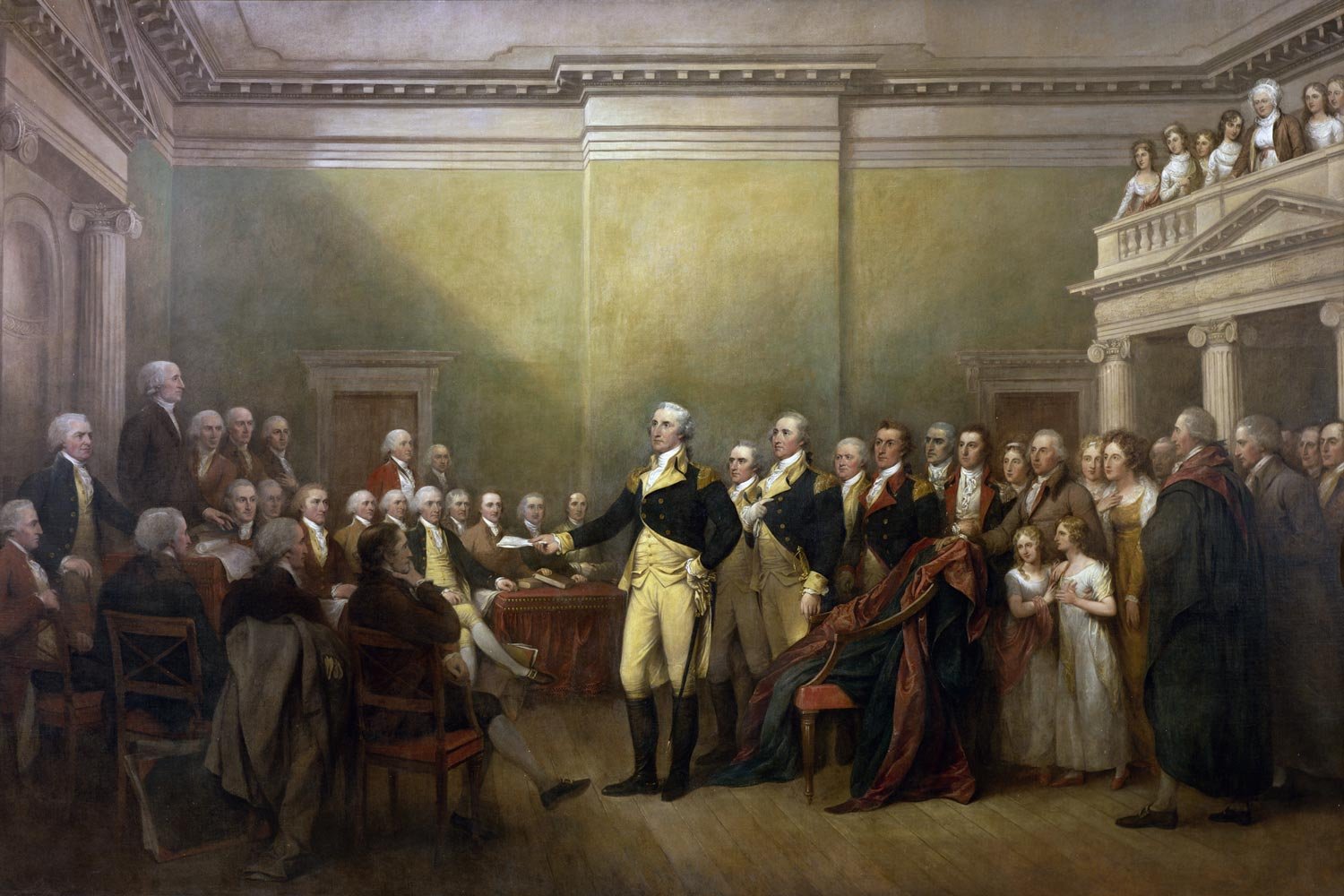
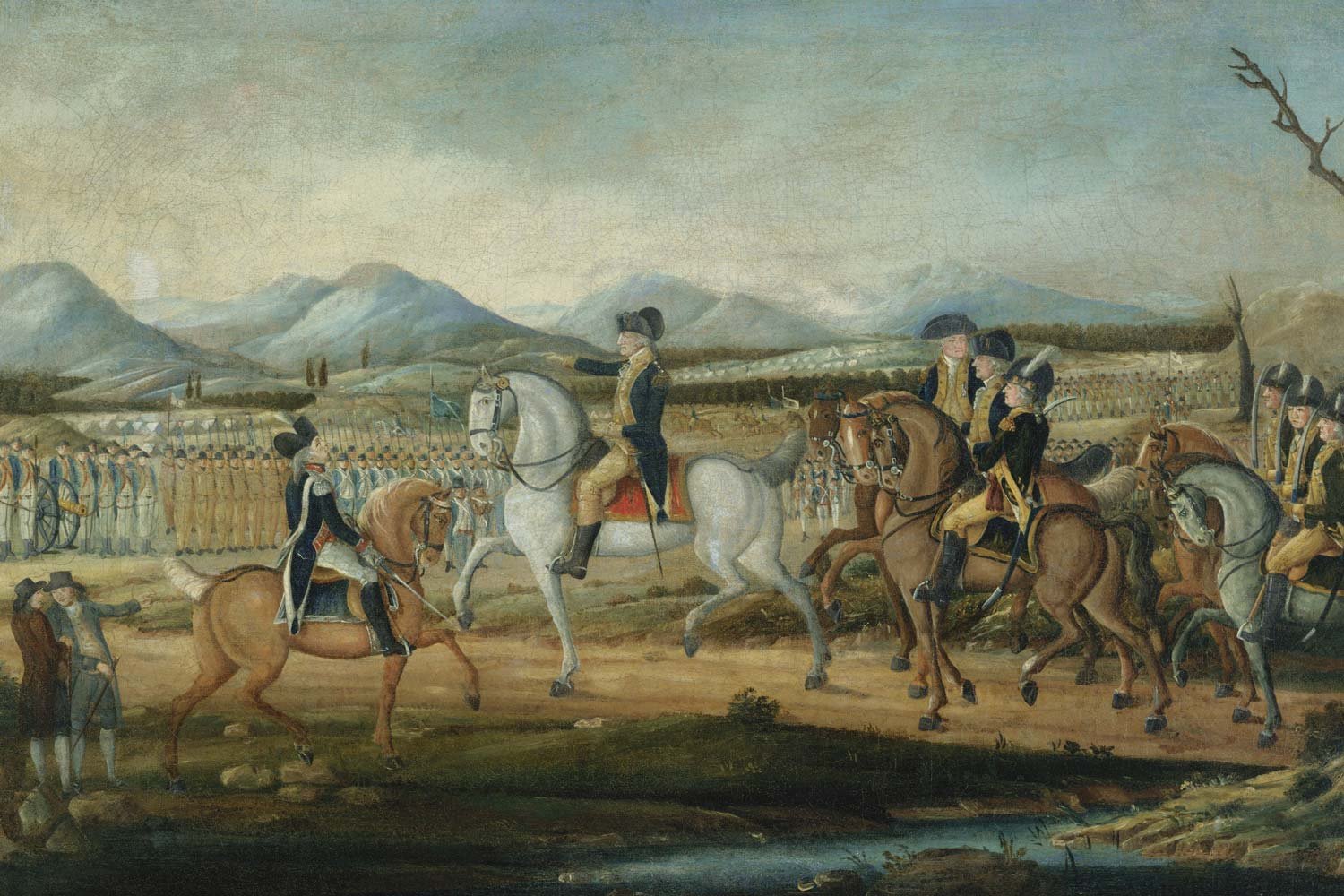
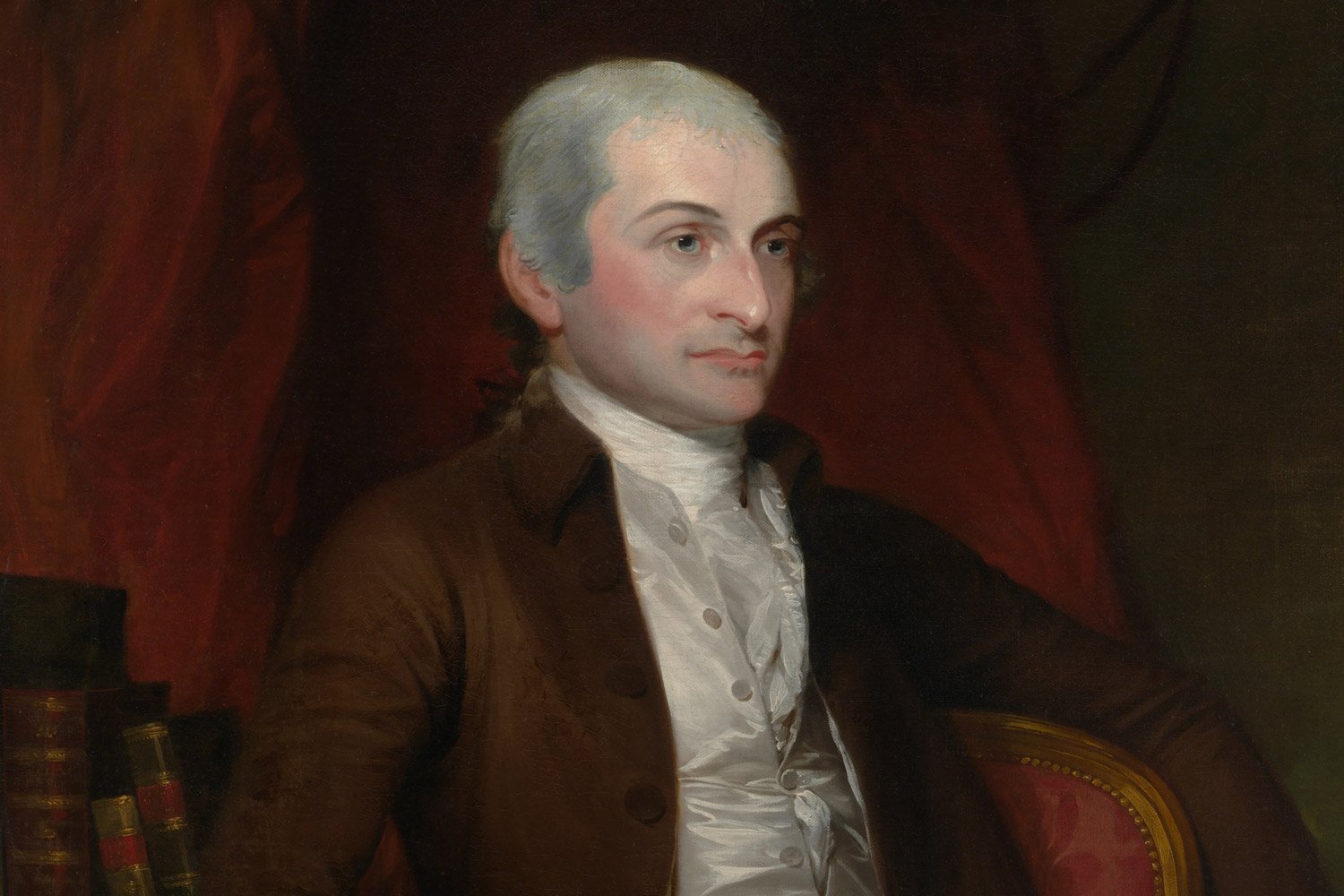
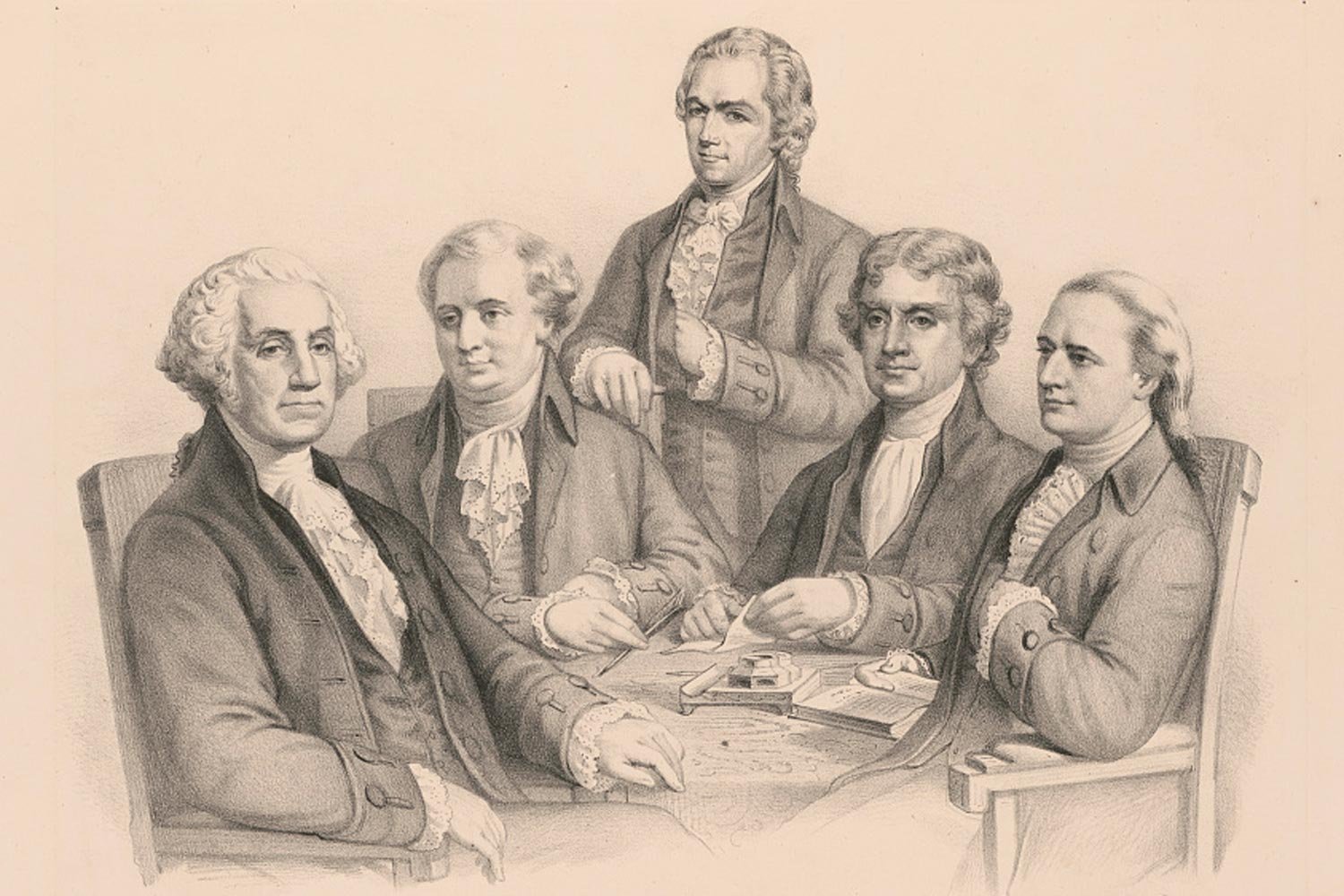

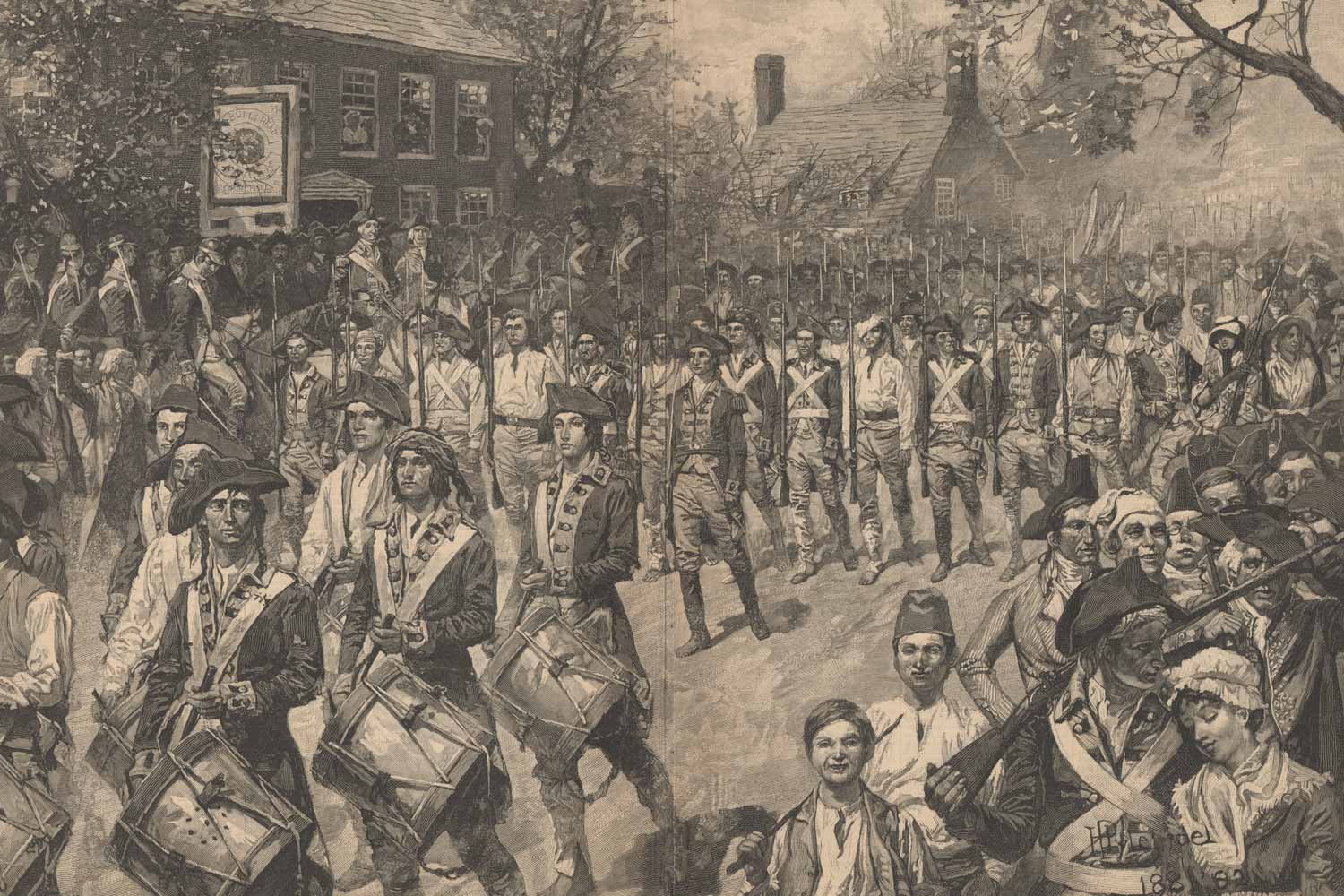
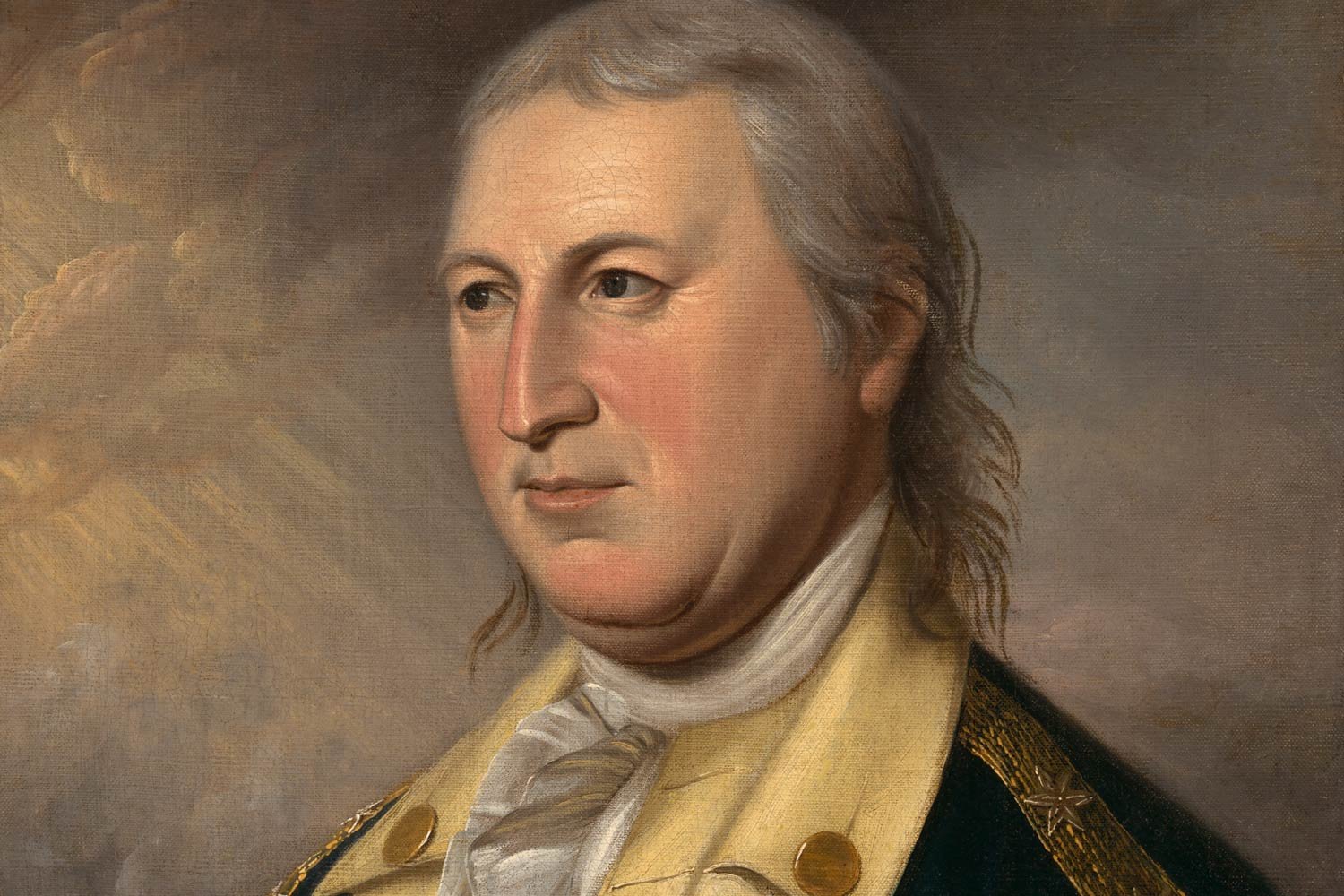
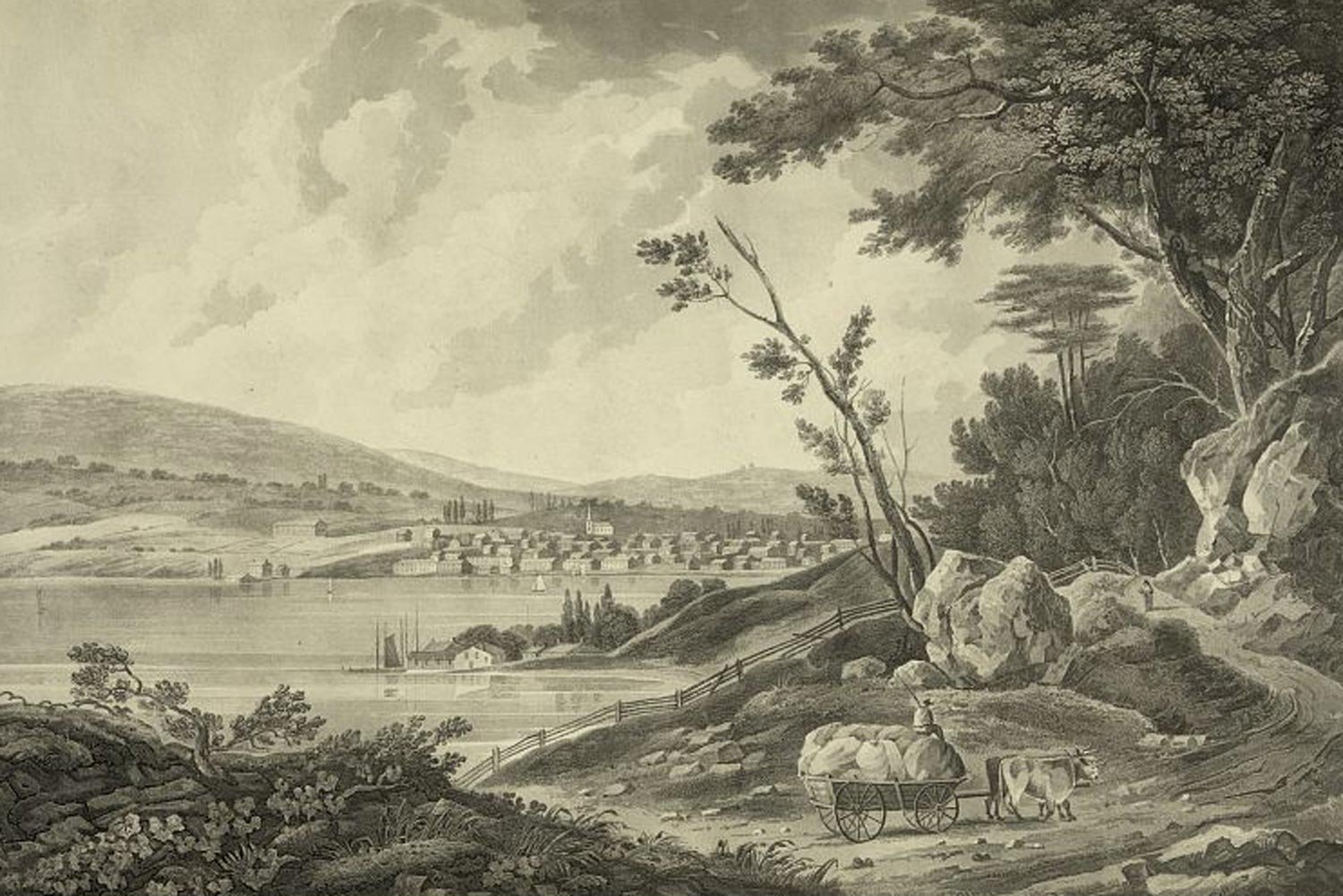
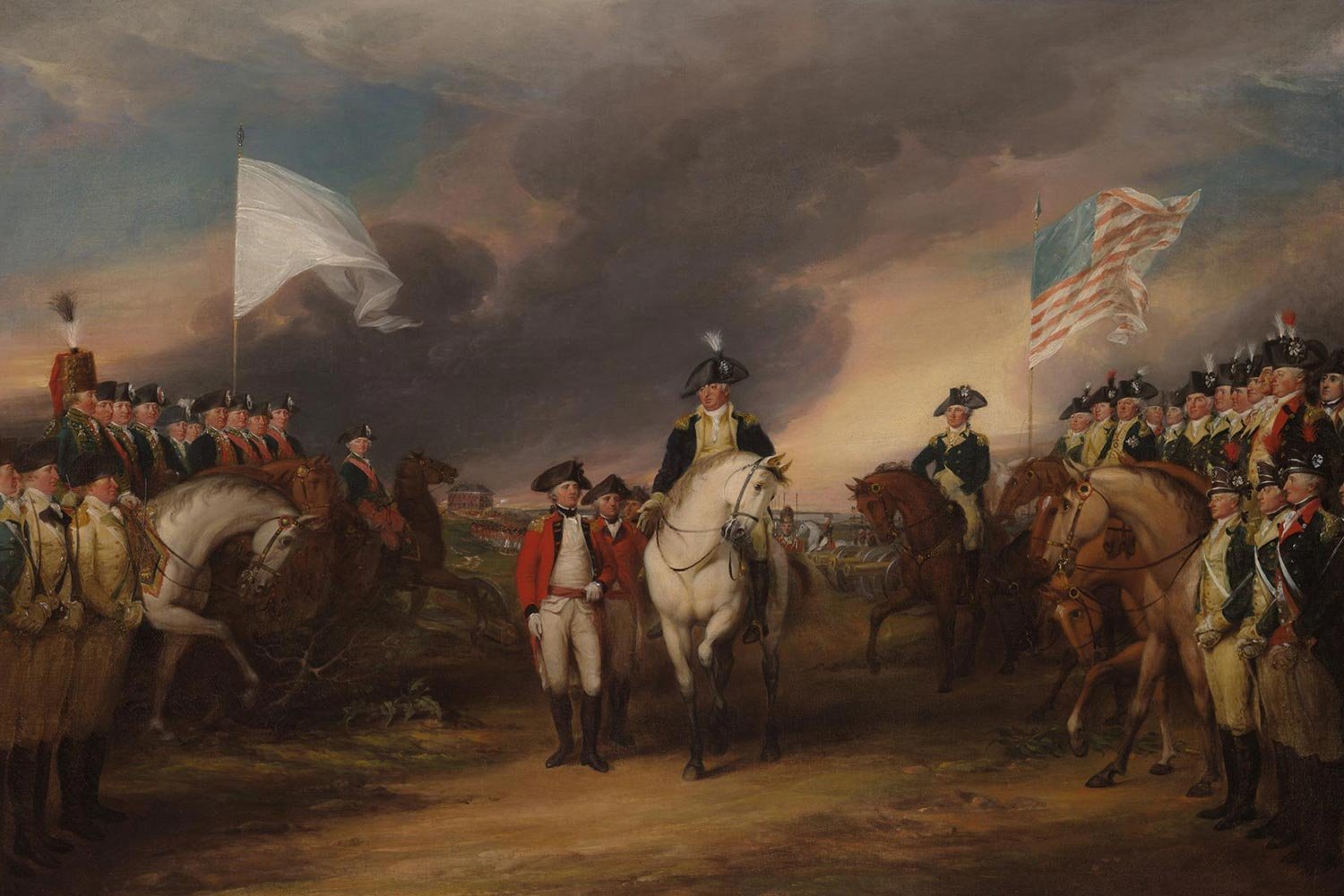
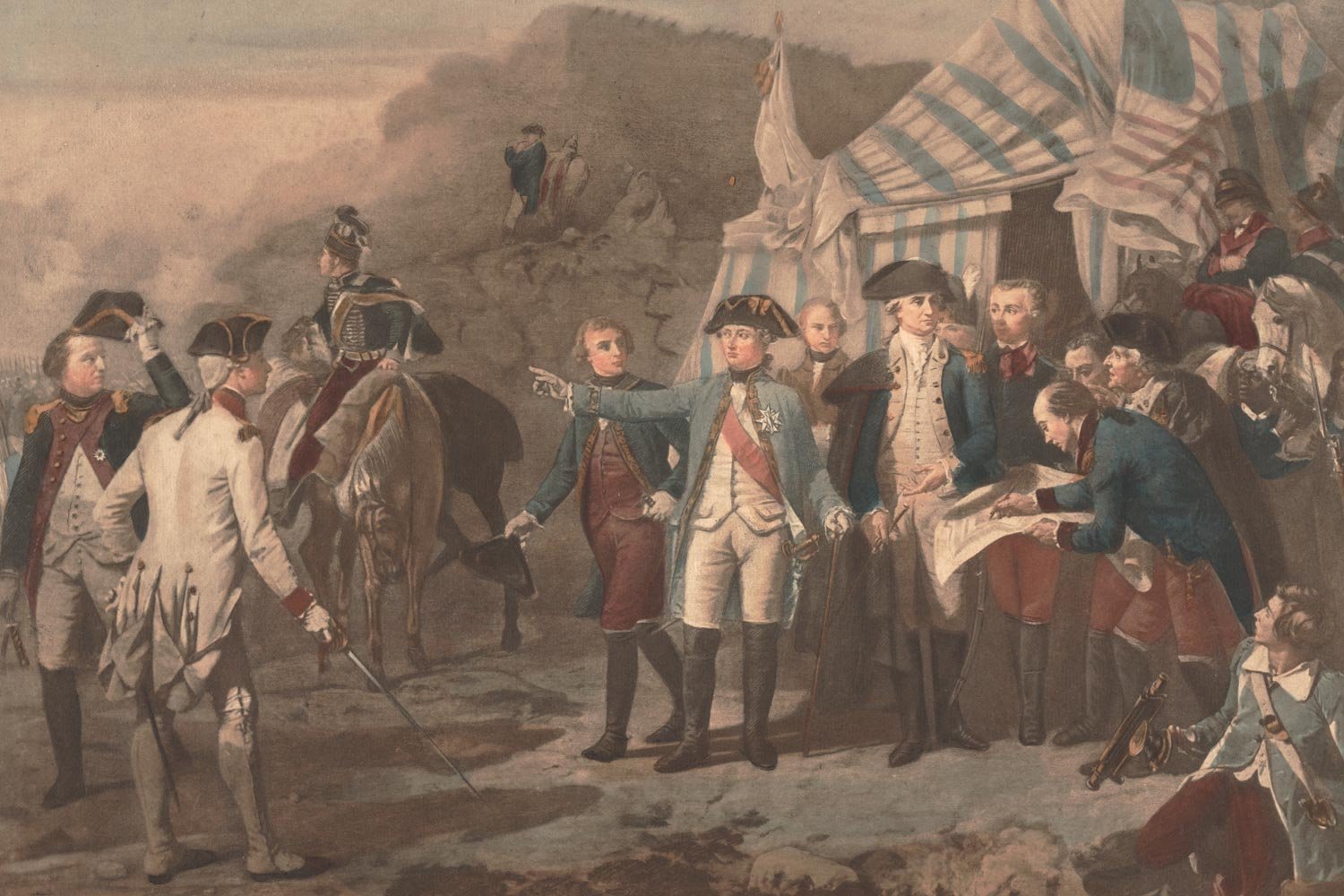
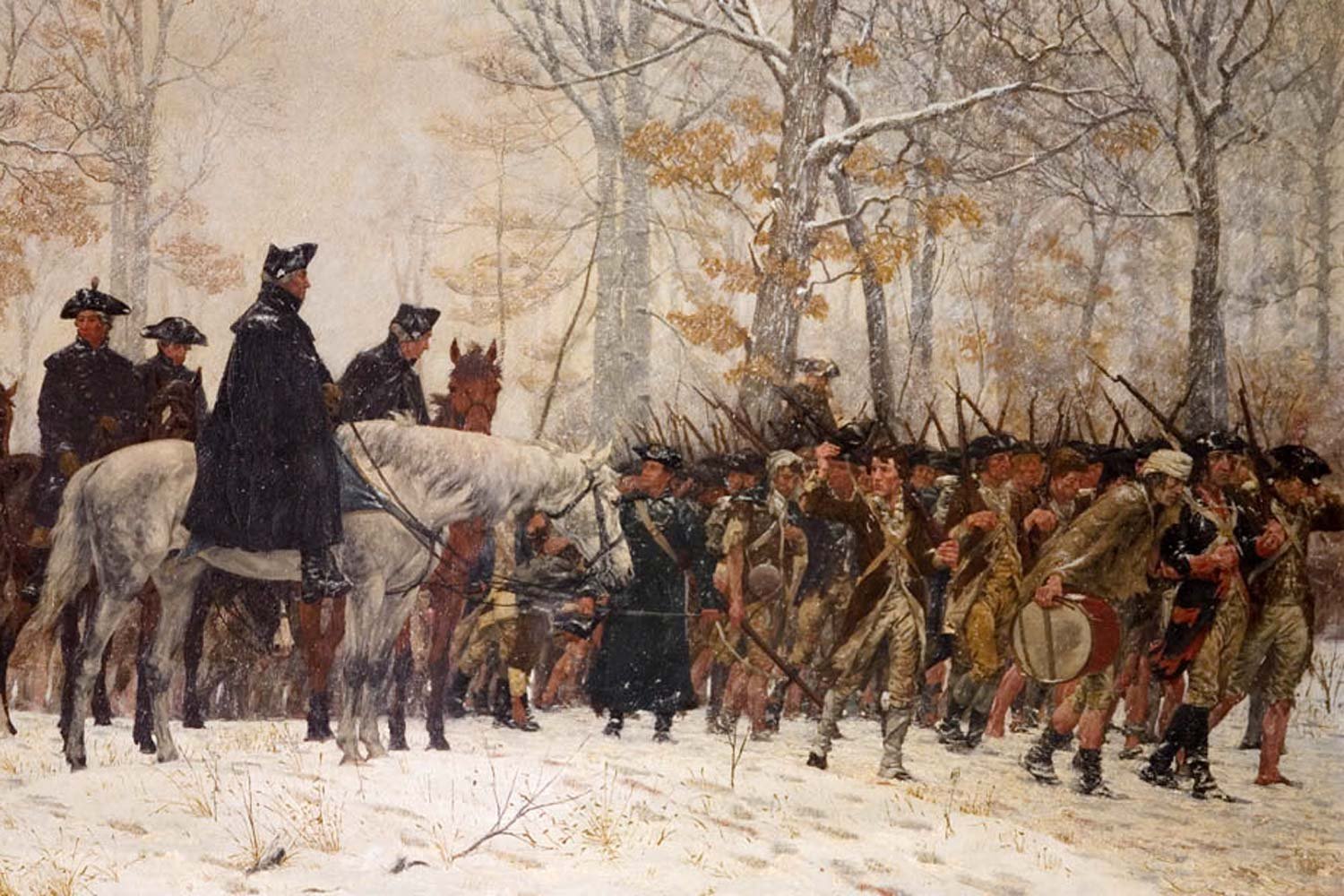
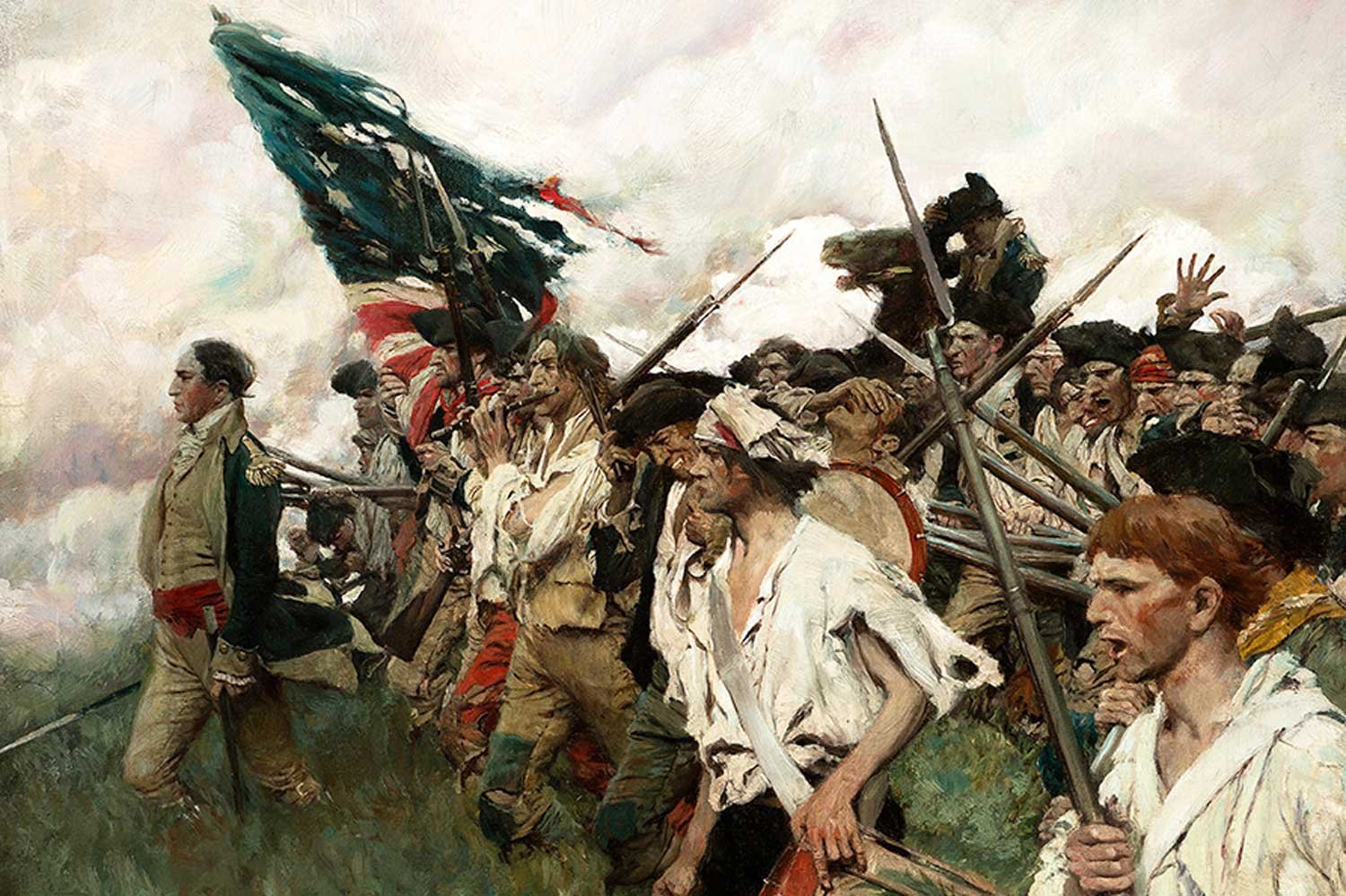
The only fighting in the Quasi-War occurred at sea, and mostly in the Caribbean. But with war at a fever pitch and French interests so close by in Louisiana, there was a very real concern in Congress about a possible French invasion of the United States from the west.